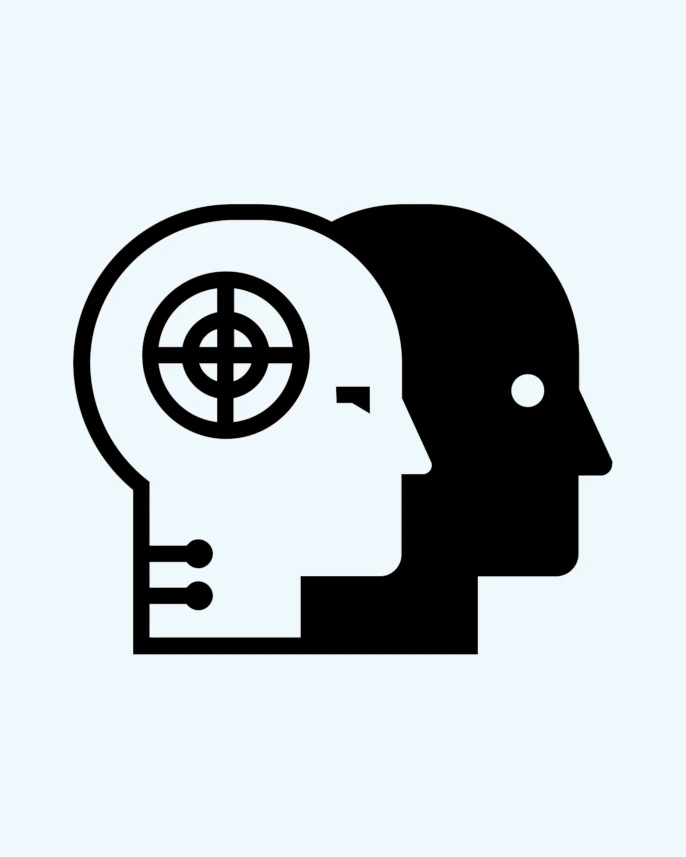Digital twins technology has emerged as a groundbreaking concept in the realm of Industry 4.0. This innovative approach allows us to create virtual replicas of physical objects or systems, providing real-time insights, data analytics, and predictive capabilities. From manufacturing and healthcare to infrastructure management and beyond, digital twins are transforming industries by enabling enhanced efficiency, optimization, and decision-making.
In this article, we will delve into the world of digital twins, exploring what they are, how they work, and their applications across various sectors. We will examine the core components of digital twins technology and its benefits, discussing how it is reshaping industries and driving advancements in the Internet of Things (IoT) landscape. Let’s embark on this journey to unravel the potential of digital twins and their role in shaping the future.
I. Understanding Digital Twins
Digital twins are virtual replicas or digital counterparts of physical assets, processes, or systems. By capturing real-time data from sensors, devices, and other sources, these virtual models provide a comprehensive understanding of the physical entity they represent. Digital twins can be created for a wide range of objects, such as buildings, machines, products, and even humans.
A digital twin consists of three fundamental elements: the physical object, the digital model, and the communication link between them. The physical object serves as the data source, providing real-time information about its state, performance, and environment. The digital model acts as the virtual representation of the physical object, capturing its geometry, properties, and behavior. The communication link facilitates the flow of data between the physical object and its digital twin, enabling synchronization and real-time monitoring.
The digital twin operates in a continuous feedback loop, constantly receiving data from the physical counterpart and analyzing it to gain insights. This iterative process allows for predictive analysis, anomaly detection, and performance optimization, unlocking immense value across industries.
II. Key Components of Digital Twins Technology
To develop an effective digital twin, several key components need to be in place. These components ensure the seamless integration of the physical and digital realms, enabling accurate representation and real-time monitoring.
- Sensor Technology: Sensors play a vital role in capturing real-time data from the physical object or system. These sensors can measure various parameters such as temperature, pressure, vibration, and more. The data collected provides insights into the performance and condition of the asset.
- Data Analytics: Data analytics tools and algorithms process the data collected by sensors to derive meaningful insights. By leveraging techniques such as machine learning and artificial intelligence, these tools identify patterns, predict behavior, and detect anomalies within the system.
- Connectivity: A robust communication infrastructure is essential for establishing a seamless connection between the physical object and its digital twin. This connectivity enables the real-time transfer of data, ensuring that the digital twin remains synchronized with its physical counterpart.
- Visualization and User Interface: An intuitive user interface allows users to interact with the digital twin, visualize the collected data, and gain valuable insights. Through easy-to-understand visualizations, users can monitor the performance, conduct analysis, and make informed decisions.
III. Applications
Digital twins have gained significant traction across diverse industries, enabling organizations to optimize processes, enhance productivity, and reduce downtime. Let’s explore some prominent applications of digital twins technology:
- Manufacturing: Digital twins facilitate predictive maintenance by analyzing real-time data from equipment, reducing unplanned downtime and improving overall equipment effectiveness. They also enable virtual testing and optimization of production processes, leading to enhanced efficiency.
- Healthcare: Digital twins of human organs or patient-specific models assist in surgical planning and training. They enable personalized healthcare solutions by simulating the effects of treatments and predicting outcomes, ultimately improving patient care.
- Smart Cities: Digital twins provide a holistic view of urban infrastructure, allowing city planners to optimize resource allocation, monitor energy consumption, and predict maintenance requirements. They aid in designing sustainable and resilient cities.
- Energy and Utilities: Digital twins optimize the performance of energy systems, predicting demand, and maximizing efficiency. They assist in asset management, remote monitoring, and fault detection in utility networks, minimizing downtime and improving service quality.
- Automotive: Digital twins aid in designing and testing new vehicle models virtually, optimizing fuel efficiency, and enhancing safety features. They enable predictive maintenance, reducing breakdowns and ensuring optimal performance.
IV. The Benefits
The adoption of digital twins technology brings several tangible benefits across industries. Let’s explore some of the key advantages:
- Improved Operational Efficiency: By continuously monitoring the performance of physical assets, digital twins identify inefficiencies, enabling organizations to optimize processes, reduce costs, and enhance productivity.
- Predictive Maintenance: Digital twins use real-time data to predict maintenance requirements and detect anomalies, allowing for proactive maintenance activities. This approach minimizes unplanned downtime, extends asset lifecycles, and reduces maintenance costs.
- Enhanced Decision-Making: Digital twins provide accurate and timely insights, empowering decision-makers to make informed choices. By simulating various scenarios and predicting outcomes, organizations can optimize their strategies and respond effectively to changing conditions.
- Risk Mitigation: Digital twins enable organizations to identify potential risks and vulnerabilities within systems, allowing for proactive measures to minimize their impact. This approach enhances safety, security, and resilience across industries.
- Accelerated Innovation: Digital twins facilitate virtual prototyping and testing, enabling organizations to explore new ideas and concepts without the need for physical prototypes. This speeds up the innovation cycle and reduces time to market.
Conclusion
Digital twins technology is revolutionizing the way we design, monitor, and optimize systems across various industries. By leveraging real-time data, analytics, and virtual models, organizations can unlock unprecedented insights, improve operational efficiency, and make informed decisions. The applications of digital twins are vast, spanning manufacturing, healthcare, smart cities, energy, and automotive sectors. The benefits it offers, including predictive maintenance, enhanced decision-making, and risk mitigation, make it a game-changer in the digital era. As the world continues to embrace the potential of digital twins, we can expect further advancements and transformative impacts that will reshape industries and pave the way for a more efficient and interconnected future.
